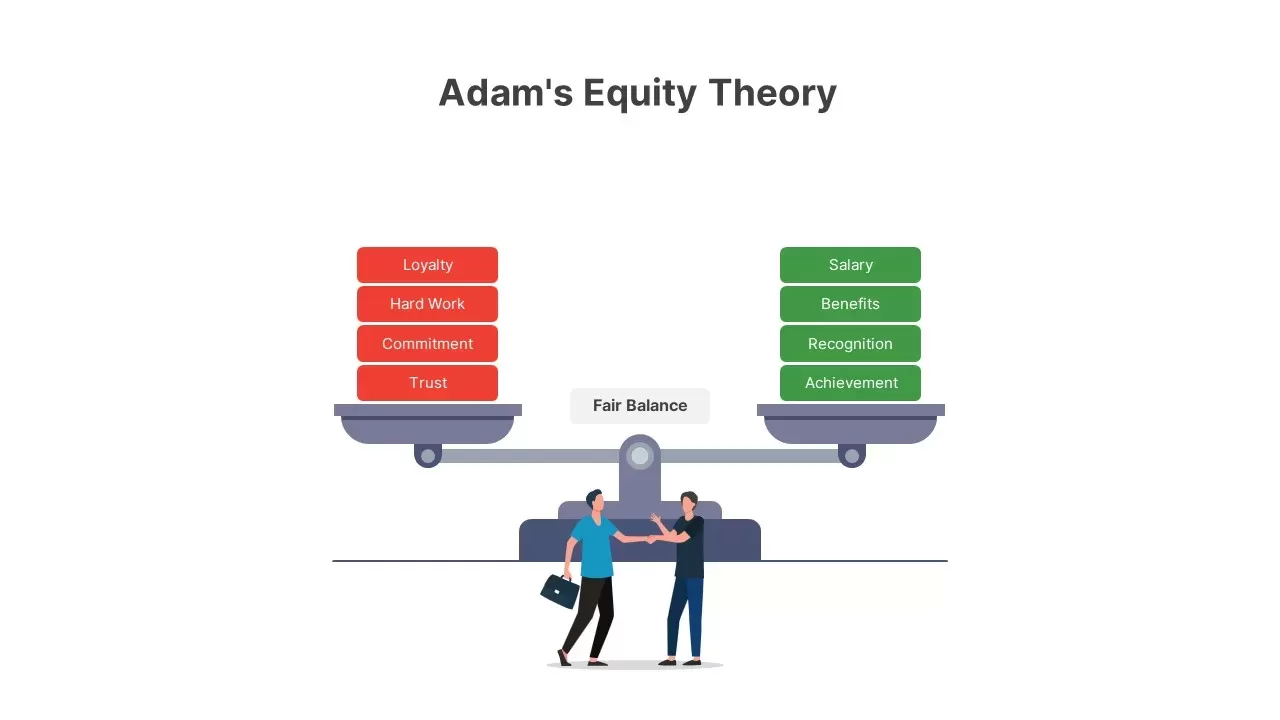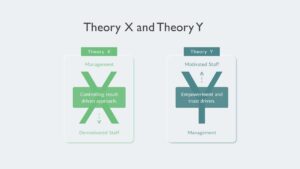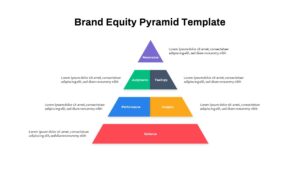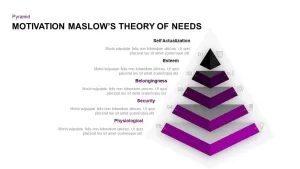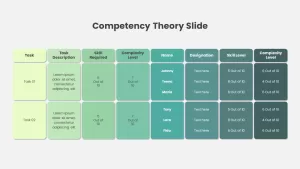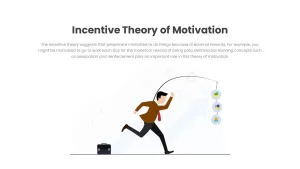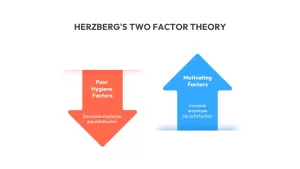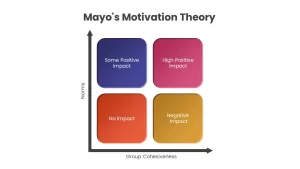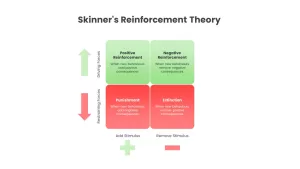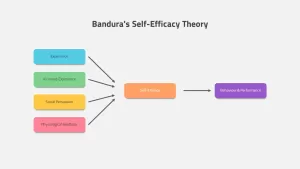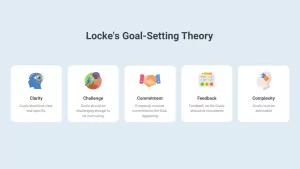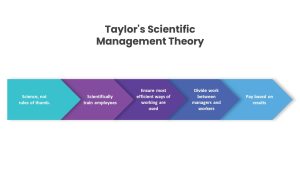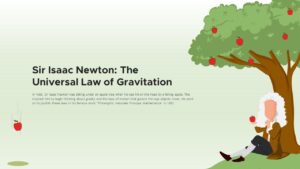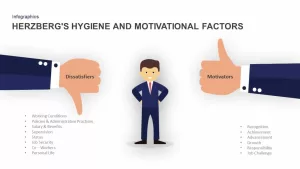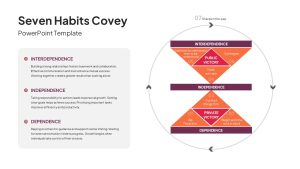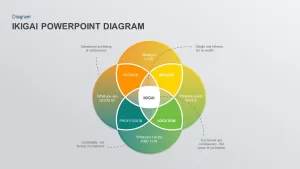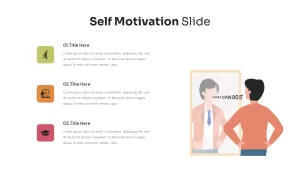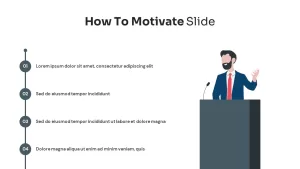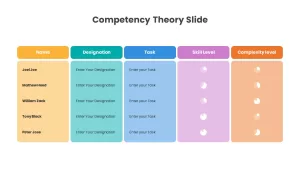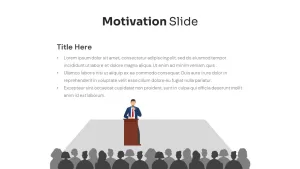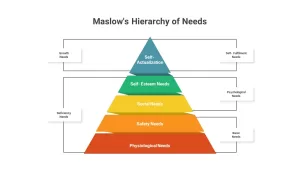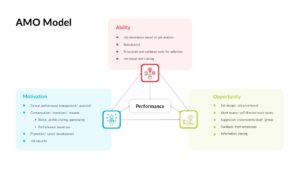Adam’s equity theory of motivation insists there should be a fair balance between an employee’s inputs and outputs. According to this theory, organizations can achieve strong, productive relationships between employees and employers if there is a balance between employee input and output. Employees’ inputs include hard work, acceptance, skill level, enthusiasm, and so on. In comparison, outputs include salary, financial compensation, benefits, job status, etc. Suppose it matches employees motivated at work. Otherwise, entire systems will be in trauma or imbalance—both tangible and intangible items contained in the outputs. The nucleus of Adam’s equity theory lies in what employees give to the organization needs to be relatively equal to what they are rewarded. The important thing is that employees should never feel they are not being paid the same amount they give to the organization. A list of inputs and outputs is given below:
Inputs
· Loyalty
· Hard work
· Effort
· Skill
· Commitment
· Ability
· Intelligence
· Adaptability
· Determination
· Acceptance
· Trust in superiors
· Personal sacrifice
· Enthusiasm
· Support of colleagues
Outputs
· Salary
· Benefits
· Incentives
· Recognition
· Praise
· Stimulus
· Sense of growth
· Sense of achievement
· Responsibility
· Job security
The professionally designed Adam’s equity theory powerpoint template help symbolically conveys this concept with the use of a self-explanatory powerpoint theme. The template is intended as a balancing machine filled with outputs and input on both sides, creating a fair balance between them. Besides, the animated cartoon sketches of human characters are also cordial with their relationship. The characters in the powerpoint template resemble employees and employers.
Adam’s equity theory template for the powerpoint presentation is a psychology theory much like Maslow’s hierarchy of needs and Herzberg’s two-factor theory of motivation. Also, check out our other motivation theory templates.
